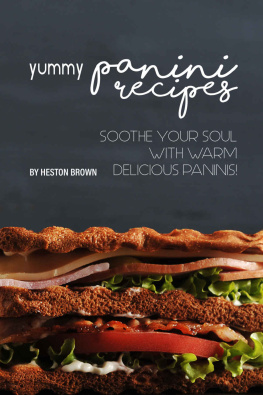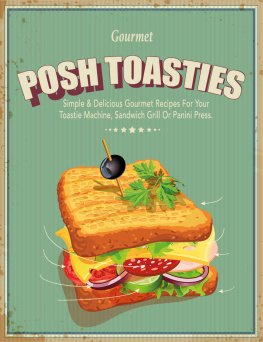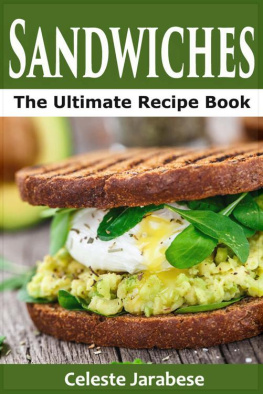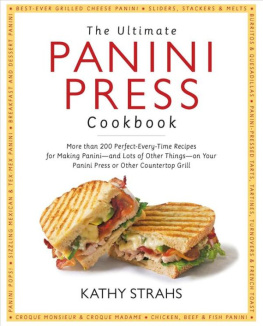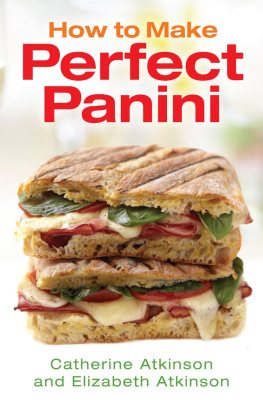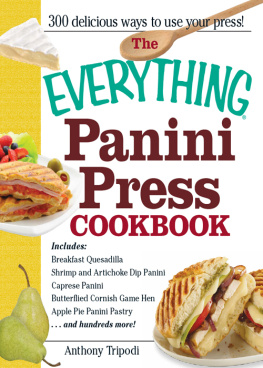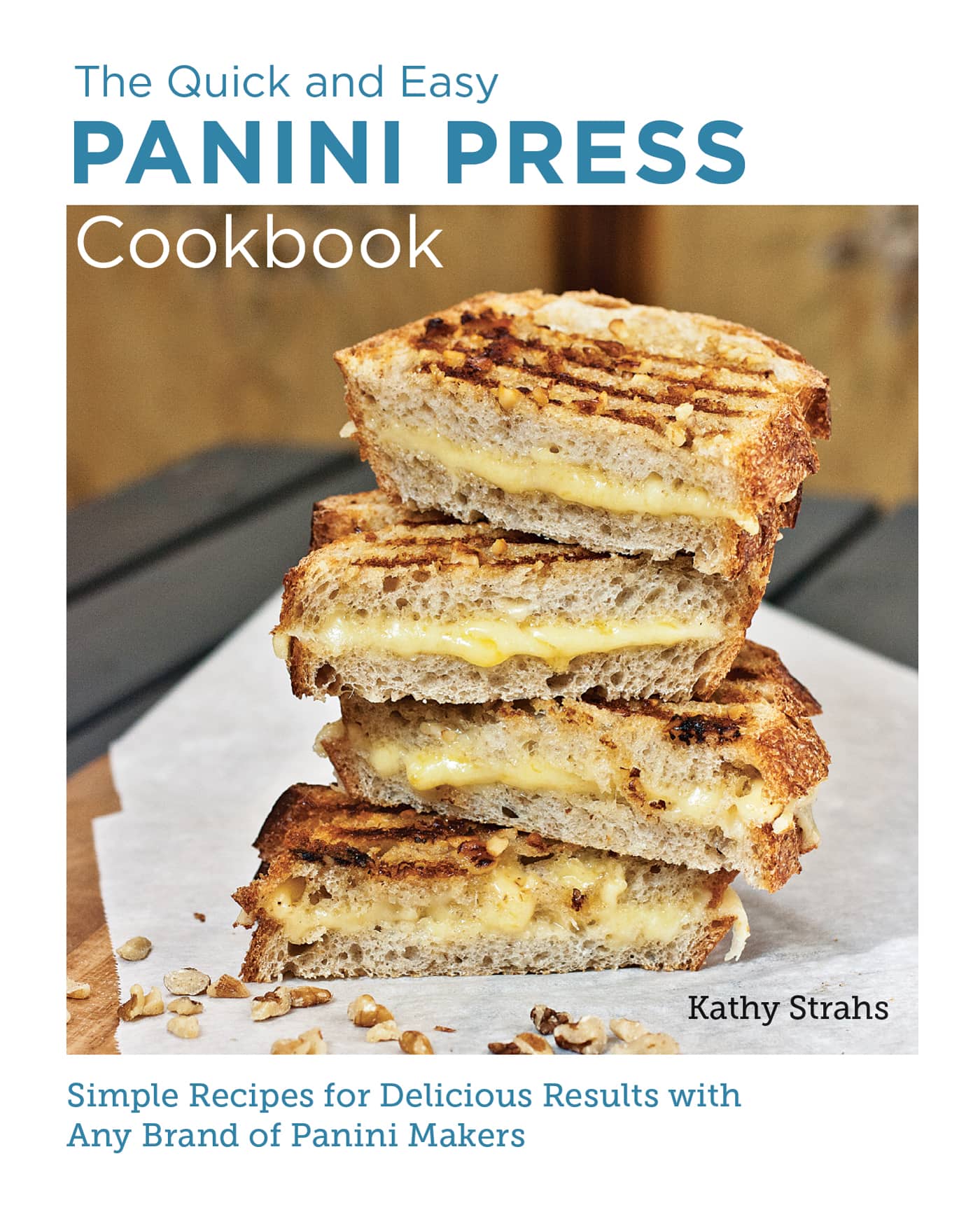Some folks prefer a smaller grill due to space constraints in their kitchen or dorm room, or if there are just one or two people in the household. Small grills are also more portable, making them a great option for those who like to bring their panini press on vacation. A large grill surface area is especially beneficial to those who want to make a lot of panini or other foods for a whole family at onceit can be a real timesaver not to have to cook in batches.
Panini presses with large surface areas, accommodating four panini or more, are pricier than small models and usually offer other premium features. They typically range between $70 and $300.
Drainage
If you plan to use your panini press to grill meats, poultry, and other foods beyond panini, its important to choose a press with drainage features. The grill plates on many panini presses and other indoor grills are designed to drain excess fat, which can make them a healthier cooking alternative. On some models, you can adjust the plates to tilt forward to allow the fat to flow into a drip pan, while others remain flat and drain via the back of the grill.
Some no-frills panini presses do not have any drainage features at allyoull notice that the lower plate stays flat and there are no cutouts or sloped edges to allow fat to roll away. Models like these are intended mainly for grilling panini and shouldnt be used for raw meats.
Feature Comparison
Youll find panini presses on the market with features and price points to suit all needs. Here is a rundown of what you can expect to find at the basic, midrange, and premium levels of the panini press spectrum.
Basic ($20$50)
Pros: Compact size; cooks quickly; affordable
Cons: No adjustable thermostat, drainage feature, removable plates, or adjustable height control; small to medium grill surface area; may not be suitable for grilling raw meats (refer to the manufacturers instructions)
Midrange ($50$80)
Pros: May have an adjustable thermostat and drainage feature; larger grill surface area; greater grilling versatility, including raw meats
Cons: Not likely to have removable plates or adjustable height control
Premium ($80$300)
Pros: Adjustable thermostat; large grill surface area, with drainage feature; may have removable plates; may have adjustable height control; greatest grilling versatility
Cons: Requires more counter space; less portable; less affordable
Removable Plates
Melted and cooked-on bits are a fact of life with the panini press. If your grill has removable plates, cleanup is much easier. You can just pop off the plates and scrub them in the sink or dishwasher. But if your grill doesnt have removable plates, dont despairIve got helpful cleaning tips for you on .
Adjustable Height Control
I regularly use the adjustable height control feature on my panini press to give me greater flexibility in terms of the types of foods I can grill. This feature allows me to position the upper plate to hover above open-faced sandwiches, make very light contact with soft foods like tomatoes and French toast, and regulate the amount of pressure applied to panini so that the ingredients dont squeeze out. Most panini presses come with a floating hinge, which allows for a degree of pressure control, but very few offer fully adjustable height control.
Whether your panini press comes with all of these features or just one or two, nearly any model will make grilling sandwiches and other foods an easy task.
How to Use a Panini Press
Most panini presses are very easy and straightforward to operate. Here are my tips for getting the best results when it comes to heating, grilling, and cleaning.
Heating
Each panini press model heats differentlysome you just plug in, while others have specific heat settings. As you can imagine, this poses quite a challenge for me when it comes to developing recipes that each of you can accurately follow with whichever type of panini press you might have. High on one grill might be sear on another, and still others have no option to set a heat level at all.


